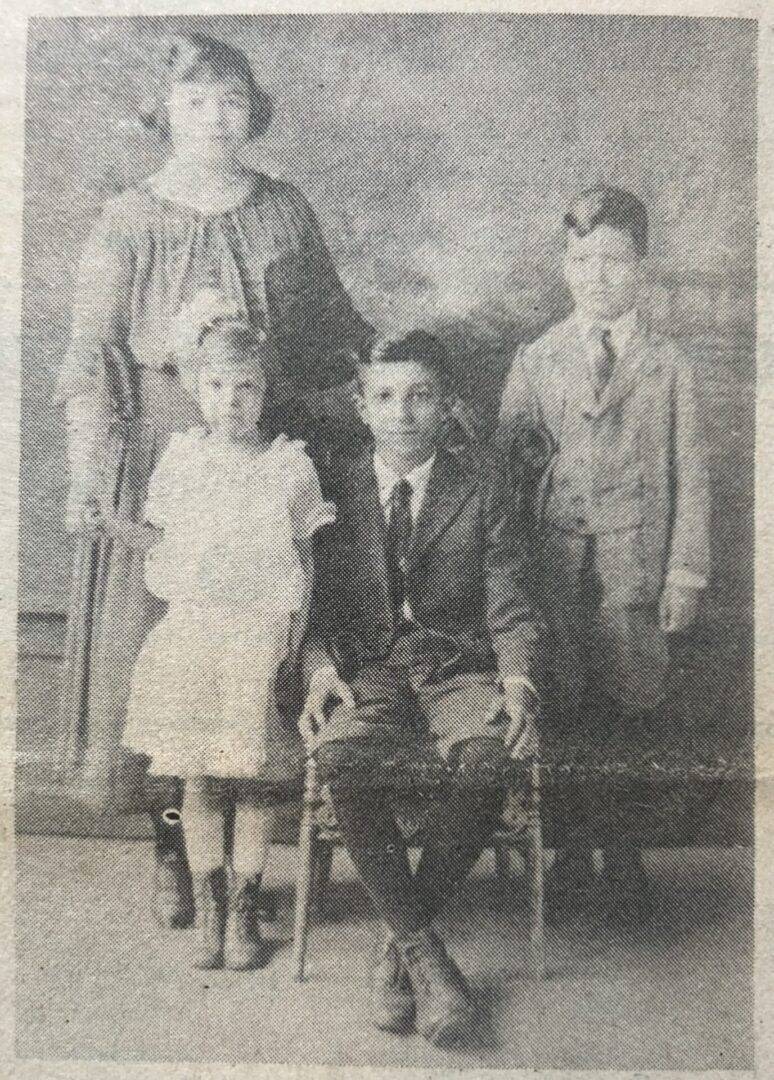Jacob, Louis, & Esther Turansky
In 1909, shortly after the birth of his son Jacob, Isaac Turansky left the family’s home in the Russian town of Mglin in search of a better life and settled in Galveston, Texas. Two years later, after Isaac had saved enough money working as a longshoremen, he sent for his wife, the former Bella Levinsky, and their young son. In Galveston, Bella gave birth to Louis in 1912 and Esther in 1915. Shortly after Esther’s birth, Isaac died leaving Bella alone to care for the three children. In 1916, with the recommendation of Galveston’s Rabbi Henry Cohen and the local B’nai B’rith lodge, the Home’s board admitted Jacob (Jack), Louis, and Esther.
While in the Home, Jack captured attention for his prowess on Isidore Newman School’s football team, prompting the Times-Picayune to report in 1924 that “little Jakey Turansky” was “outstanding among the forwards.” The next year he was selected as Newman’s lone representative on the Item-Tribune’s All-Prep Team for playing a “stellar game” earlier in the season. At the Home’s 1926 anniversary celebration, Jack played the role of Moses in one of the children’s biblical tableaux.
Bella Turansky and her children, Esther, Jacob (later known as Jack Turan, seated), and Louis, c. 1920. From “Jack Turan: Jewish American Alien,” by Tatiana and Daniel Tuman, Jewish Herald-Voice, April 1982, reprinted with permission of Jewish Herald-Voice.
In 1927, recognizing the boy’s interest in raising and selling guinea pigs and white rats, the Home’s board selected Jack to attend the National Farm School in Doylestown, Pennsylvania, where he finished his high school education. When he graduated in 1929, the NFS reported that Jack had “always been satisfactory in his studies, behavior, and attitude in his work.” According to his family, it was at NFS that Jack learned about Karl Marx, the Jewish, nineteenth century atheist who was to influence much of his future life.”
In the 1930s, after having starting his career as a landscape architect in Ossining, New York, Jack returned to New Orleans, where he began organizing for the jobless and for the working poor on behalf of the Communist party. In 1934, when his distribution of Communist party literature on Prytania Street ran afoul of what authorities considered “law and order,” Jack experienced the first of a series of arrests. In some of these police encounters for political activism, he was in the company of fellow Home alumni, including Leon Miller, Cecil Hart, Kermit Heilbron, and Ralph Beerman. Jack’s family described him as “one of the leading political radicals in New Orleans in the decade of the Great Depression.” One article reported that Jack “admitted that he was a ‘red’ and ‘opposed to the present conduct of national and local affairs.'” At a time of fierce racial segregation, he publicly challenged discrimination against Black persons, including by organizing an event to protest the racially motivated death-penalty sentences of nine young Black men in Scottsboro, Alabama.
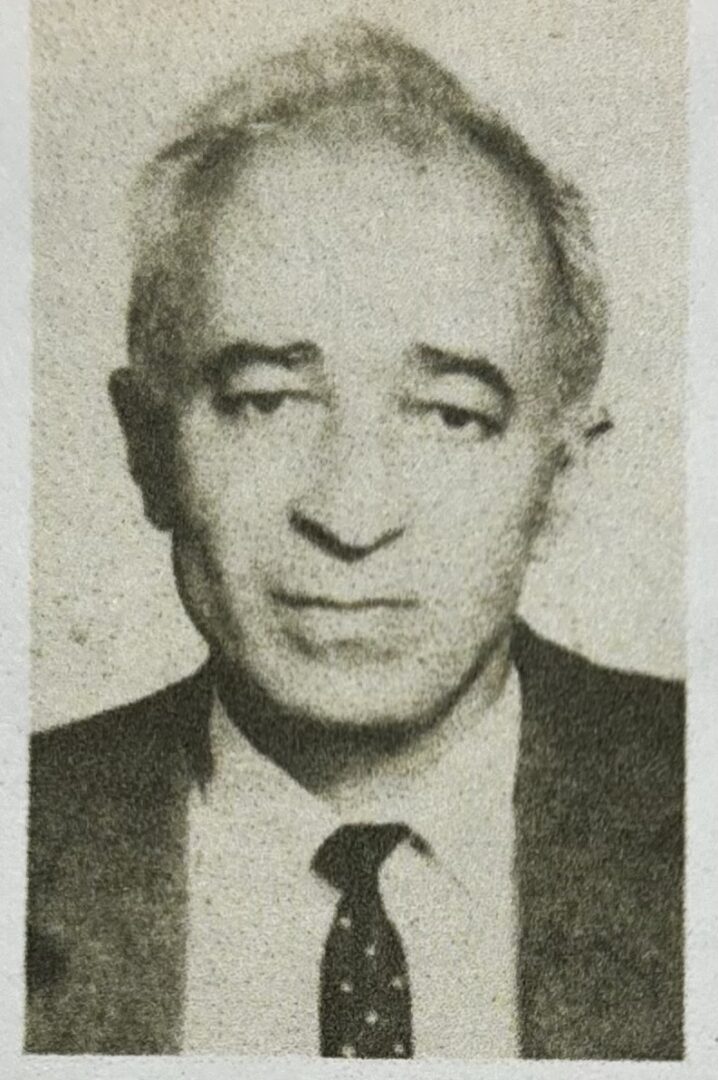
Jack Turan’s FBI photo, c. 1950s. Read more about Jack’s life, including his unsuccessful efforts to win citizenship. “Jack Turan: Jewish American Alien,” by Tatiana and Daniel Tuman, Jewish Herald-Voice, April 1982, reprinted with permission of Jewish Herald-Voice.
After his marriage to Mary Irma Claude, whom he met at a party held to support the Loyalist government in Spain, Jack turned his attention to supporting his family, which soon included a son and daughter. He went into the industrial equipment business with fellow Home alumnus Ralph Beerman; by 1950, Jack served as assistant manager of Beerman Precision Machine Works, where he worked until he retired in 1975 as its vice president.
Jack died in 1981 at age 71. A memorial service was held at the Jewish Community Center, on the site where he once lived in the Home for nine years.
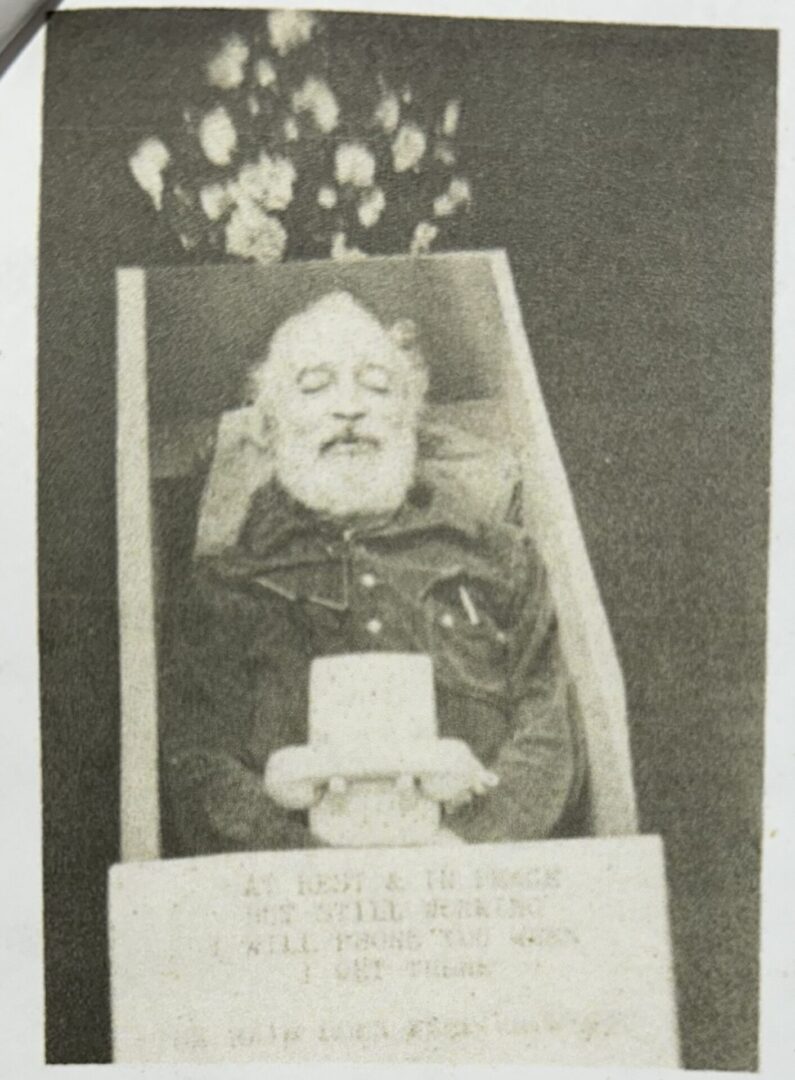
Reflecting his trademark audacity, Jack sent this card to friends on one of his later birthdays, when he was still very much alive. “At rest & in peace but still working,” read the placard at the foot of his makeshift coffin. “I will phone you when I get there.” From “Jack Turan: Jewish American Alien,” by Tatiana and Daniel Tuman, Jewish Herald-Voice, April 1982, reprinted with permission of Jewish Herald-Voice.
In July 1926, while her children Esther and Louis were still in the Home, Bella (who became known as Belle) married Sam Lehat and moved to Oklahoma City, Oklahoma, where Sam ran a bottling works company. In 1924, following his first wife’s death, Sam had placed his two youngest children (Sara and Abraham) in the Home.
In June 1927, 12-year-old Esther Turansky was discharged to her mother, Belle, and stepfather, Sam Lehat, while her brother Louis remained in the Home. In 1928, however, Belle died. By the next year, Esther was readmitted to the Home where she remained until June 1934, when she was discharged to Mr. J. Orloff of Houston, presumably a relative.
Esther, who remained single, later lived in New Orleans, where in the 1950s she worked as a secretary for a towboat company. She died in 1993, at age 78. In her memory, donations were directed to the Jewish Children’s Regional Service.

Just two years after marrying widower Sam Lehat, and just one year after reclaiming her daughter Esther from the Home, Belle Turansky died. She was buried in Oklahoma City. From Find a Grave.
During Louis’s time in the Home, he was an award-winning member of the Home’s Boy Scout Troop, with whom he spent time in summers at Camp Salmen on the Bogue Falaya River. He also played a musical instrument, and at the Home’s 1930 anniversary celebration, played a solo while accompanied by the Shrine Band. Later that year, Louis graduated from Samuel J. Peters Boys’ High School of Commerce, before his discharge to Mr. Orloff of Houston.
In 1931, Louis enlisted in the Navy. In 1950, he married Louise Claude. They lived in Honolulu, Hawaii and Norfolk Virginia, where he was stationed, before returning to New Orleans. Louis died in 1996.
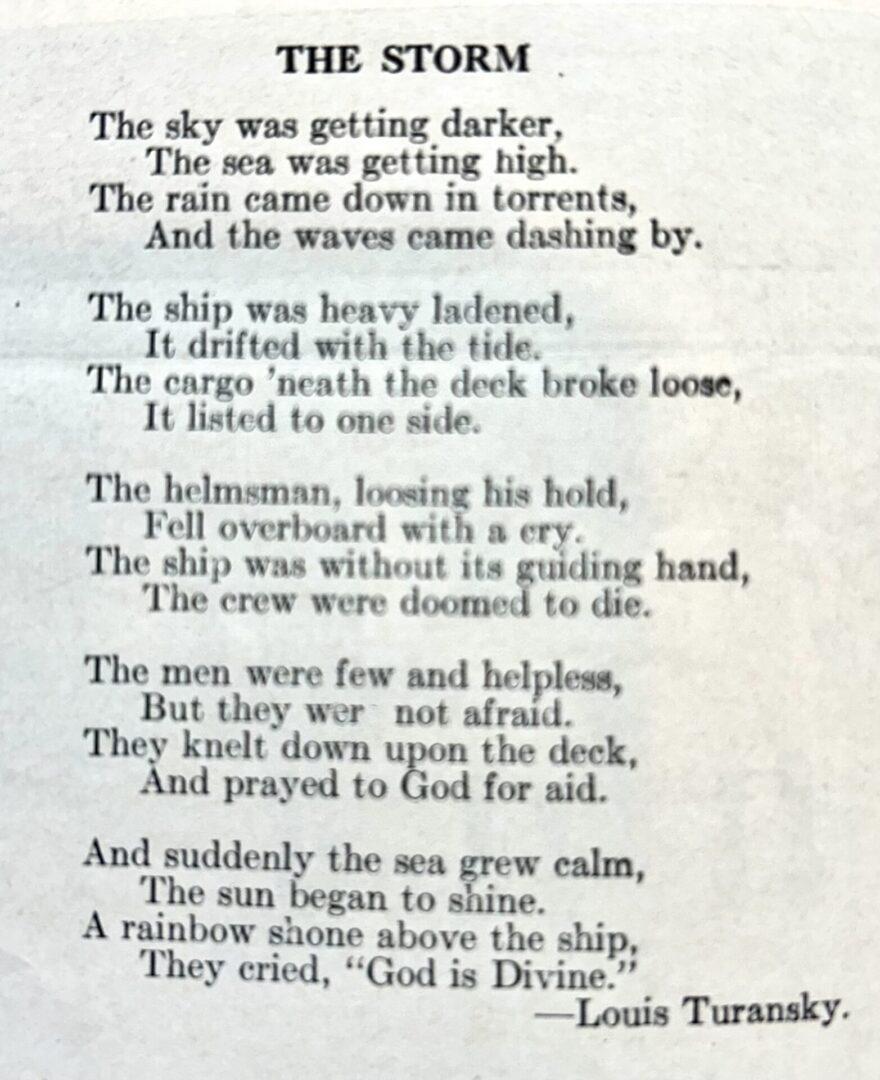
This poem by Louis Turansky (age 16) appeared in the December 1928 issue of the Golden City Messenger.
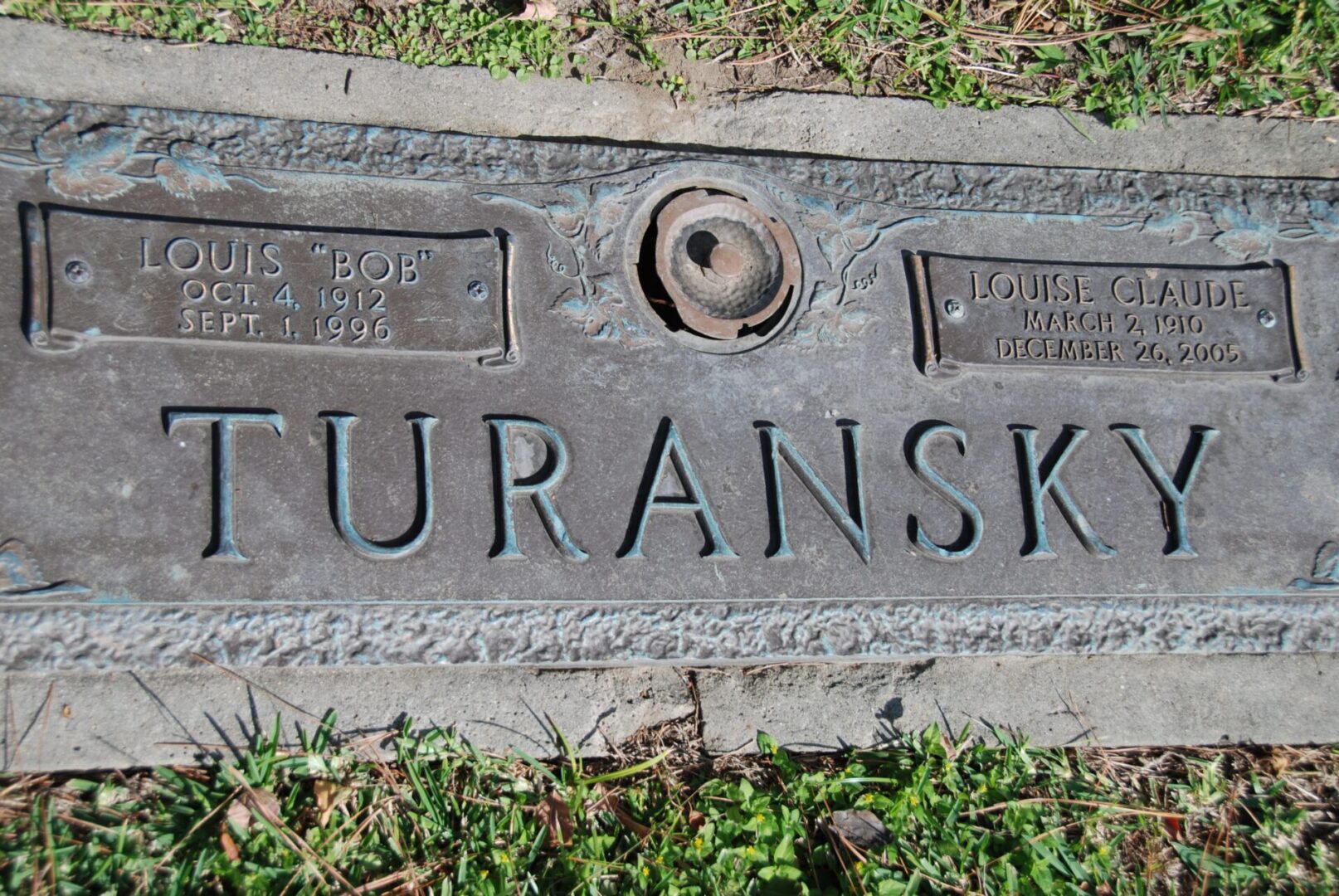
Louis Turansky was buried in Garden of Memories Cemetery in Metairie, Louisiana. From Find a Grave.

